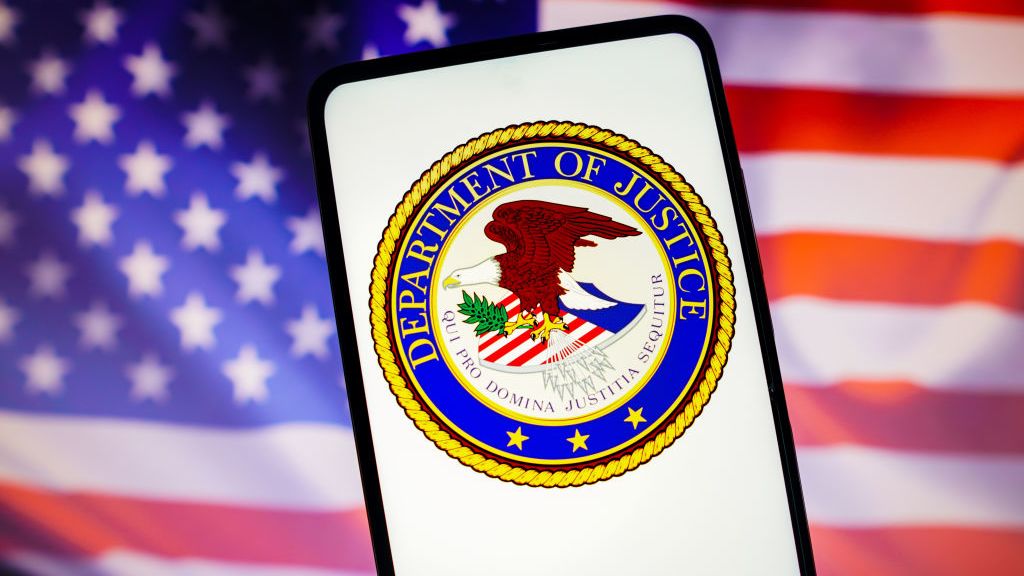DDoS attacks on UK businesses double in six months
Vulnerable IoT devices and DDoS-as-a-service drive surge in attacks


British businesses are under siege from a growing wave of DDoS attacks, as new figures reveal the number of incidents has almost doubled over the past six months.
UK organisations suffered an average of 237 DDoS attacks per month during Q3 2017, equivalent to eight attacks every single day. This figure is up by 35% from the previous quarter, and more than 90% compared to Q1 2017, according to a new report from DDoS mitigation firm Corero, based on data gathered from attack attempts against its customers.
DDoS attacks work by flooding a target server with so much traffic that it falls over, disrupting normal operations and knocking any related systems or services offline. The tactic is a perennial favourite of cyber criminals and malicious pranksters, as it is cheap and easy to execute.
This has become even more true in recent years. The leaking of the Mirai source code, used to take down a DNS firm providing access to high profile sites like Twitter, has led to an explosion in botnets populated by thousands of unsecured IoT devices, and dark web marketplaces now allow non-technical users to cheaply hire DDoS services that can be directed against whomever they choose.
"The growing availability of DDoS-for-hire services is causing an explosion of attacks," said Corero CEO Ashley Stephenson, "and puts anyone and everyone into the crosshairs. These services have lowered the barriers to entry in terms of both technical competence and price, allowing anyone to systematically attack and attempt to take down a company for less than $100."
Cyber criminals are also getting smarter about how they deploy DDoS attacks, the research reveals. Rather than simply using sustained, high-volume attacks, criminals are instead targeting multiple layers of a company's security simultaneously with short bursts of traffic.
"Despite the industry fascination with large scale, internet-crippling DDoS attacks," said Stephenson, "the reality is that they don't represent the biggest threat posed by DDoS attacks today."
Get the ITPro daily newsletter
Sign up today and you will receive a free copy of our Future Focus 2025 report - the leading guidance on AI, cybersecurity and other IT challenges as per 700+ senior executives
"Often lasting just a few minutes, these quick-fire attacks evade security teams and can sometimes be accompanied by malware and other data exfiltration threats. We believe they are often used in conjunction with other cyber attacks, and organisations that miss them do so at their peril."
Adam Shepherd has been a technology journalist since 2015, covering everything from cloud storage and security, to smartphones and servers. Over the course of his career, he’s seen the spread of 5G, the growing ubiquity of wireless devices, and the start of the connected revolution. He’s also been to more trade shows and technology conferences than he cares to count.
Adam is an avid follower of the latest hardware innovations, and he is never happier than when tinkering with complex network configurations, or exploring a new Linux distro. He was also previously a co-host on the ITPro Podcast, where he was often found ranting about his love of strange gadgets, his disdain for Windows Mobile, and everything in between.
You can find Adam tweeting about enterprise technology (or more often bad jokes) @AdamShepherUK.
-
 Asus ZenScreen Fold OLED MQ17QH review
Asus ZenScreen Fold OLED MQ17QH reviewReviews A stunning foldable 17.3in OLED display – but it's too expensive to be anything more than a thrilling tech demo
By Sasha Muller
-
 How the UK MoJ achieved secure networks for prisons and offices with Palo Alto Networks
How the UK MoJ achieved secure networks for prisons and offices with Palo Alto NetworksCase study Adopting zero trust is a necessity when your own users are trying to launch cyber attacks
By Rory Bathgate
-
 UK crime fighters wrangle “several thousand” potential cyber criminals in DDoS-for-hire honeypot
UK crime fighters wrangle “several thousand” potential cyber criminals in DDoS-for-hire honeypotNews The sting follows a recent crackdown on DDoS-for-hire services globally
By Ross Kelly
-
 US begins seizure of 48 DDoS-for-hire services following global investigation
US begins seizure of 48 DDoS-for-hire services following global investigationNews Six people have been arrested who allegedly oversaw computer attacks launched using booters
By Zach Marzouk
-
 Will triple extortion ransomware truly take off?
Will triple extortion ransomware truly take off?In-depth Operators are now launching attacks with three extortion layers, but there are limitations to this model
By Connor Jones
-
 GoDaddy web hosting review
GoDaddy web hosting reviewReviews GoDaddy web hosting is backed by competitive prices and a beginner-friendly dashboard, and while popular, beware of hidden prices
By Daniel Blechynden
-
 Japan investigates potential Russian Killnet cyber attacks
Japan investigates potential Russian Killnet cyber attacksNews The hacker group has said it’s revolting against the country’s militarism and that it’s “kicking the samurai”
By Zach Marzouk
-
 LockBit hacking group to be 'more aggressive' after falling victim to large-scale DDoS attack
LockBit hacking group to be 'more aggressive' after falling victim to large-scale DDoS attackNews The ransomware group is currently embroiled in a battle after it leaked data belonging to cyber security company Entrust
By Connor Jones
-
 Record for the largest ever HTTPS DDoS attack smashed once again
Record for the largest ever HTTPS DDoS attack smashed once againNews The DDoS attack lasted 69 minutes and surpassed the previous record of 26 million RPS
By Praharsha Anand
-
 Cloudflare unveils new One Partner Program with zero trust at its core
Cloudflare unveils new One Partner Program with zero trust at its coreNews Cloudflare CEO Matthew Prince says the initiative aims to take the complexity out of zero trust architecture
By Daniel Todd